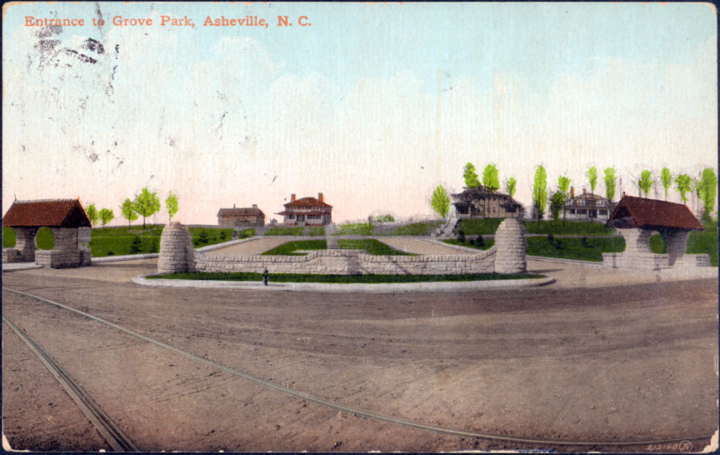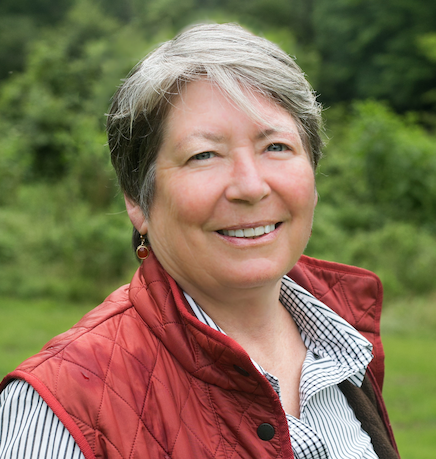BY NAN K. CHASE
“Have you cut down a tree today?”
That’s been my not-quite-kidding motto for years, ever since I realized how easy it is to overplant and under-maintain trees in the city and end up with a dense tangle of vegetation that’s not good for the long-term health of the canopy. And that tangle of trees and undergrowth, along with the robust planting of fruit trees and fruiting vines, is attractive to bears and other potentially dangerous wildlife.
I’m not talking about taking a chainsaw to mature landscape trees willy-nilly, developer-style. Rather, as a longtime gardener who has planted probably a hundred trees myself in urban settings, I have found that maintaining a healthy, tree-enriched landscape requires vigilance, year-round maintenance and occasional work by professional arborists, plus a certain unsentimentality and willingness to cull.
Under the general heading of “cutting down a tree today” I include the annual springtime ritual of pulling up hundreds — maybe thousands — of tiny seedlings in preemptive strikes; some years it’s maples, some years locust trees or white pines or box elders or oaks. If left alone, these seedlings can quickly take root, in the ground and in neglected rain gutters and stormwater drains, causing serious damage. Then there’s the matter of rooting out the saplings that have somehow sprung up anyway. If they aren’t removed when young, they quickly pick up steam in the first few years of life and can become nuisance trees within a decade or so — and then they get expensive to thin.
The public clamor is growing louder for increasing Asheville’s tree canopy, amid news that as many as 19,000 trees may have been lost in the last 10 years. I fear, however, that the result may be a simplistic cry to Plant More Trees. Yow! The thought of simply planting 19,000 more trees in Asheville makes me shudder. According to official city of Asheville sources, the town’s current 44.5% tree canopy already compares favorably with those of some other leafy cities and indeed exceeds even the targets of others. Boone, for example, which is also located in a densely wooded setting, has been working in recent years to achieve a 40% canopy.
Despite the importance of trees in fighting noise and air pollution, providing shade and bird habitat, preventing erosion and filtering contaminants from groundwater, forestry experts say the long-term health of woodlands requires tree thinning. This helps provide the soil nutrients, water, sunlight and air that the biggest specimens need in order to thrive. According to the American Forest Foundation, removing smaller trees in a crowded forest setting can let the others “stretch and grow.” A rule of thumb is to remove competing trees “much as you would weed a garden to protect your crop.”
Where do Asheville’s roughly 200 bears figure in my tree-cutting worldview? I suspect that rather than destroying bear habitat by putting up more residential and commercial buildings, we have, over the last century, actually created ideal habitat — and lots of it. Look at any photograph of Asheville’s new suburbs a hundred years ago and notice how much open space there was: nowhere for bears to hole up or hide or eat.

Yes, today’s ubiquitous trash cans and bird feeders have contributed to the unsettling proximity of 300-pound, free-range omnivores to our pets and children. But so have trees. By letting the urban forest become too dense over the last several generations, and by failing to clear away the underbrush bears love, we have invited them back in from the wilderness.
I plead guilty to this practice: By planting small fruit trees and grapevines all around my center city home 10 years ago, I helped put out the welcome mat for bears — and now I’m sorry I did.
Earlier this year, the Asheville City Council voted not to allocate some $354,000 for “urban forest protection” (see “Symposium Renews Call for Urban Tree Protections,” Nov. 13 Xpress), and this came on the heels of years of prior tree neglect. So until such time as the city revisits its investment in nurturing the urban tree canopy, it may be up to homeowners, rental managers and business owners to tackle the job themselves.
For starters, look around your own space and consider which of the following steps you could take, despite the lack of an urban forester on the city staff:
- Clear away the seedlings that sprout every year, and remove small “volunteer” trees crowded within shrubbery or beneath larger specimens.
- Remove brush from around trees and buildings. Keep rain gutters free of the vegetation that often collects there, and use the Asheville App to report any storm drains that are clogged with debris; this can help keep trees from sprouting in places where they don’t belong.
- Invest in regular professional care to limb up mature trees and keep the canopy judiciously thinned for optimal health; top-heavy trees are more vulnerable to wind damage.
- Choose tree species carefully, and consider not planting the fruit trees that attract bears.
Asheville’s love affair with vegetation may not be a good thing for the city’s tree canopy. I worry that blindly planting thousands more trees may be the politically correct — but not necessarily the most sensible — course of action. What Asheville might turn out to need, in the event that city leaders did decide to fund an urban forester, is a lot of expensive tree maintenance or removal. Is everyone ready for that?
Sometimes it’s hard to see the trees for the forest.
Nan K. Chase has served as chair of the Boone Community Appearance Commission (which oversaw the local Tree Board) and as a member of the Historic Resources Commission of Asheville and Buncombe County.



Wow, arguing for fewer bears in THEIR territory.
Bear attacks are EXTREMELY RARE and this kind of uneducated fear mongering will entice other uneducateds to kill bears they either 1. genuinely think are a threat or 2. pretend they think are a threat so they can kill them illegally.
If the author hasn’t read or watched the news in the past 4 months, there are a dozen or more bears with painful, debilitating amputation injuries limping around Asheville and the last thing our bears need right now is someone arguing for more human harm to come to them.
This letter a very unfortunate, inaccurate and puts our bears at further risk.
At first I thought this was a satirical article, arguing just the opposite of our expected community beliefs. But here is an actual belief that we should cut down trees to get bears to leave the city. Sorry, but that just make no sense. Bears and Asheville are inseparable.
The tree planting organized by Asheville GreenWorks is not random or thoughtless. To qualify for free, carefully selected species, a property owner has to first take a course which emphasizes location, planting technique and care requirements.
As for the bears, the evidence is overwhelming that it is garbage not habitat that draws them here. A radio-collar using study that tracked bears in the region found that City bears are much bigger at every age and in every season than those living out in the national forests. Yearlings here are twice he weight of those in the woods.
Furthermore, the recently conducted canopy study, abetted by NASA with LandSat data, established large heat island areas, principally in low-income areas of the City. Planting appropriate species in those areas will help reduce the disproportionate impact of the climate crisis on the poor.
Where do you suggest the bears go since we continually take more and more of their land?
Cecil, thanks for sharing that information.
Well said! Trees like bears and humans ALL die. And overpop density of all three has bad results.
This article is sad and shortsighted. It évidences what a limited intellect can do when it watches too much tv and internet.
We need fewer people! Maybe we should have less beer since that only attracts more people!